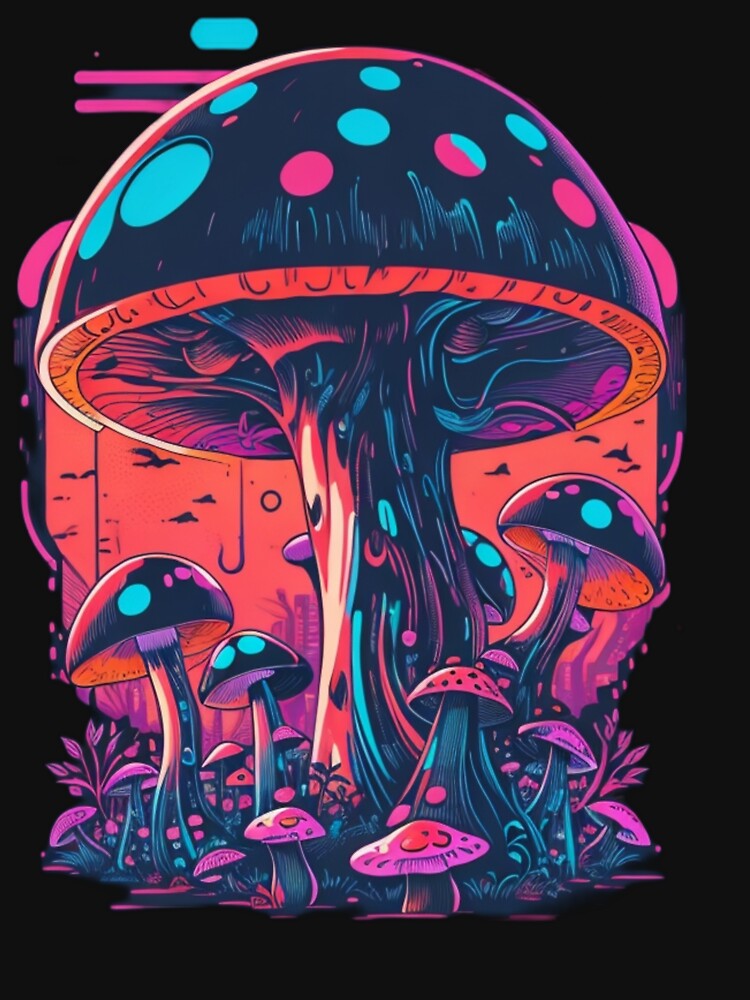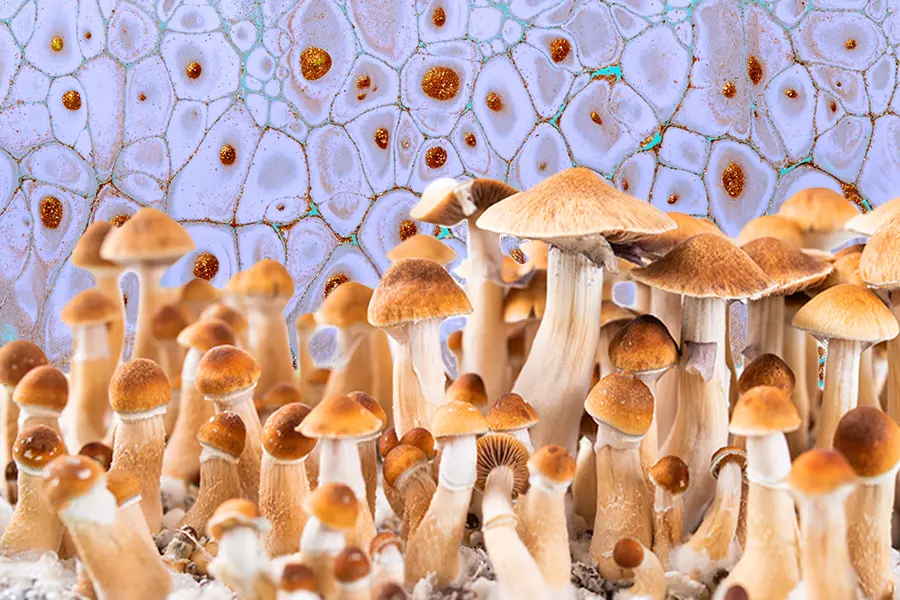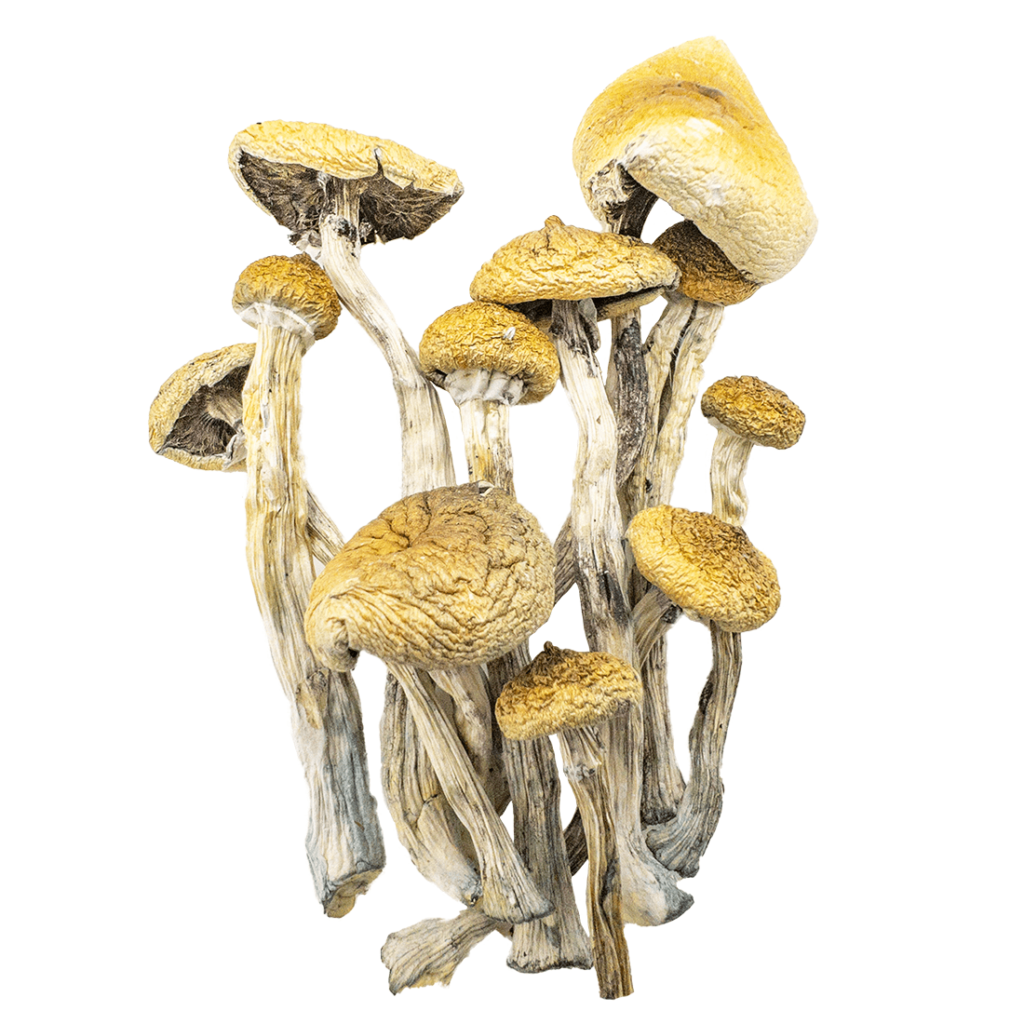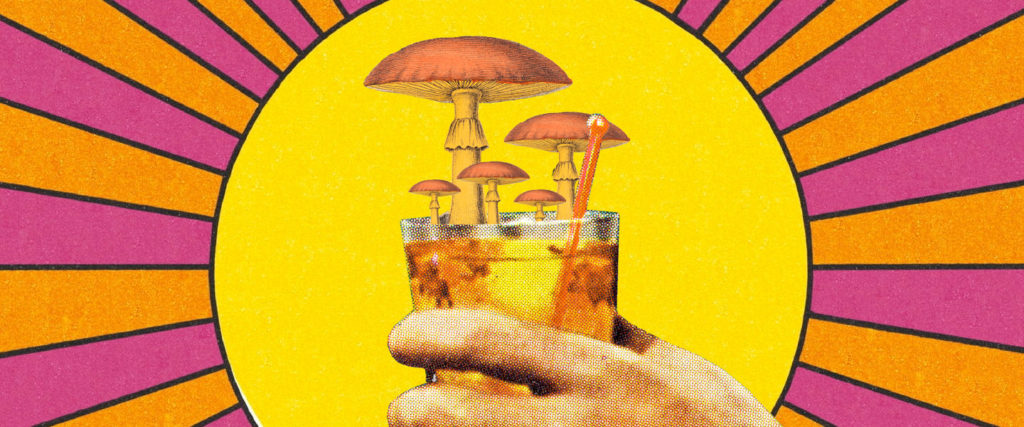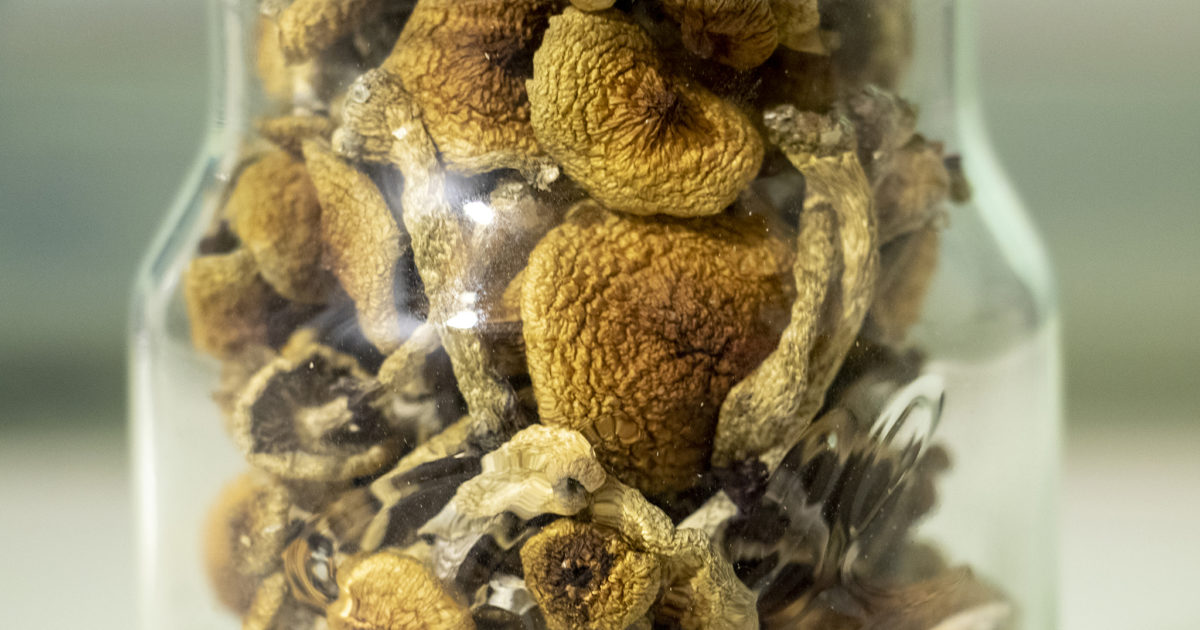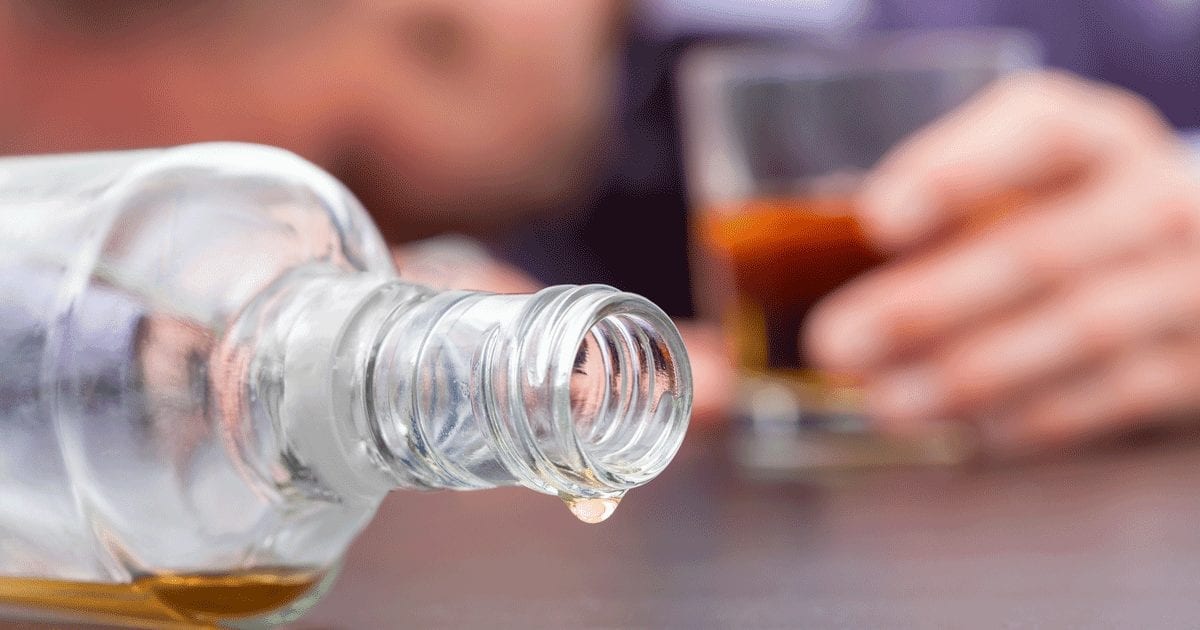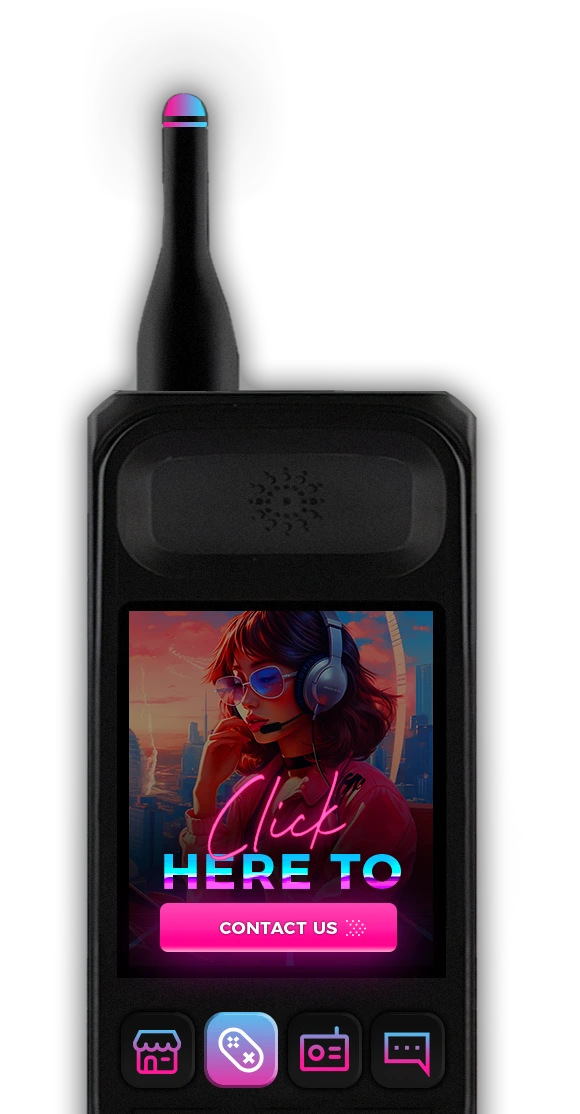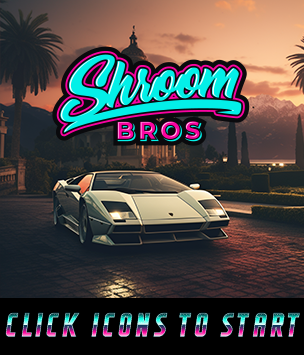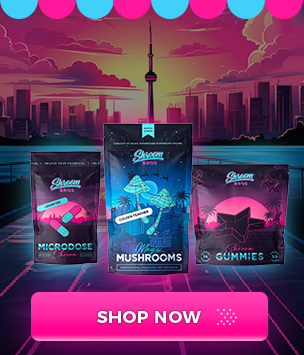Introduction
Welcome to the most comprehensive and insightful guide on Golden Teacher Magic Mushrooms. If you’re curious about these remarkable fungi, you’ve come to the right place. In this article, we will delve deep into the world of Golden Teacher Magic Mushrooms, exploring their history, identification, cultivation, effects, potential benefits, and much more. By the end, you’ll have a wealth of knowledge to better understand and appreciate these mystical mushrooms.
History and Origins
The history of Golden Teacher Magic Mushrooms is steeped in mysticism and tradition. Indigenous cultures across the globe have used them for centuries, with their usage dating back to ancient times. The name “Golden Teacher” reflects their reputation for imparting valuable insights and life-changing experiences.
These mushrooms have played a significant role in various indigenous rituals and ceremonies. They have been revered as tools for connecting with the spiritual world and gaining profound insights into life, nature, and the cosmos. Some cultures even considered them a gift from the gods, a conduit to higher realms of consciousness.
Identifying Golden Teacher Magic Mushrooms
Before embarking on a quest with Golden Teacher Magic Mushrooms, it’s vital to be able to identify them accurately. Accurate identification ensures a safe and rewarding experience. Here are some key features to look for when identifying Golden Teacher Magic Mushrooms:
- Cap Color: Golden Teacher Magic Mushrooms have caps that range from golden to light brown, often with a distinctive bump or nipple-like protrusion at the center. The cap typically measures between 2 to 5 centimeters in diameter.
- Stem Color: The stem of these mushrooms is pale white with a fibrous texture. It’s usually cylindrical and can grow up to 10-15 centimeters in length.
- Gills: The gills of Golden Teacher Magic Mushrooms are dark purplish-brown when young, becoming lighter with age. They are densely spaced and run from the stem to the edge of the cap.
- Spore Print Color: To further confirm the identification, you can take a spore print. The spore print of Golden Teacher Magic Mushrooms is typically dark purple-brown.
These distinctive characteristics will help you distinguish Golden Teacher Magic Mushrooms from other mushroom species, ensuring a safe and rewarding experience.
Cultivation and Growing Process
If you’re curious about cultivating your own Golden Teacher Magic Mushrooms, you’re in for an exciting journey. Cultivating these mushrooms can be a rewarding and educational experience. To embark on this endeavor, you’ll need some essential components, including spore syringes, a suitable substrate, and a controlled environment.
The cultivation process involves several steps, including sterilizing the substrate, inoculating it with spores, maintaining proper humidity and temperature levels, and allowing the mushrooms to grow and mature. Detailed step-by-step guides and resources are available to assist you in achieving a successful harvest.
The cultivation of Golden Teacher Magic Mushrooms not only provides a source of these remarkable fungi but also offers a deeper understanding of their life cycle and growth patterns. It’s important to note that cultivating magic mushrooms may be subject to legal restrictions in some regions, so it’s essential to research and adhere to local laws and regulations.
Effects and Experiences
Consuming Golden Teacher Magic Mushrooms can lead to a wide range of experiences, each unique to the individual and dosage. These mushrooms contain psychoactive compounds, most notably psilocybin and psilocin, which are responsible for their effects on the mind and consciousness.
Some common effects of Golden Teacher Magic Mushrooms include:
- Euphoria: Many users report feelings of euphoria and intense happiness. The sense of joy and interconnectedness with the world can be profound.
- Introspection: These mushrooms often lead to deep introspective experiences, allowing individuals to explore their thoughts, emotions, and life from a different perspective.
- Vivid Hallucinations: At higher doses, Golden Teacher Magic Mushrooms can induce vivid hallucinations, including visual, auditory, and even sensory distortions.
- Spiritual Insights: Some users describe a profound sense of spirituality and a connection to the universe while under the influence of these mushrooms.
It is crucial, however, to approach these mushrooms with care and in a controlled setting to ensure a positive and safe experience. The effects can vary depending on factors such as dosage, individual sensitivity, and the surrounding environment. Responsible and mindful use is essential to maximize the potential benefits and minimize risks.
Potential Benefits
Recent research has shed light on the potential therapeutic benefits of Golden Teacher Magic Mushrooms. While further studies are needed, these mushrooms have shown promise in addressing various mental health issues, including depression, anxiety, and post-traumatic stress disorder (PTSD).
- Depression: Some studies suggest that psilocybin, the primary psychoactive compound in these mushrooms, may have antidepressant properties. It is believed to work by promoting neural plasticity and facilitating new perspectives on life and personal challenges.
- Anxiety: Golden Teacher Magic Mushrooms may help individuals with anxiety disorders by inducing a sense of calm, reducing the fear response, and promoting relaxation.
- PTSD: Research indicates that psychedelic experiences, guided by trained therapists, may assist in processing traumatic memories and reducing the symptoms of PTSD.
While promising, it’s essential to consult with a medical professional before considering Golden Teacher Magic Mushrooms as a treatment option. Psychedelic therapy should always be conducted under the guidance of trained professionals in a controlled and supportive environment.
FAQs
Q: Are Golden Teacher Magic Mushrooms legal?
A: The legal status of Golden Teacher Magic Mushrooms varies from one region to another. It’s imperative to research and adhere to local laws and regulations before acquiring or using them. In some places, these mushrooms are classified as illegal substances, while in others, they may be decriminalized or available for medical use.
Q: How do I consume Golden Teacher Magic Mushrooms?
A: These mushrooms can be consumed in various forms, including fresh, dried, or brewed into a tea. The method of consumption can affect the onset and duration of the effects. It’s advisable to start with a low dose and gradually increase it to find your comfort level while avoiding overwhelming effects.
Q: Are there any potential risks?
A: Yes, like any substance, Golden Teacher Magic Mushrooms come with potential risks. Users may experience adverse effects such as nausea, anxiety, or confusion, especially at higher doses. Responsible use in a safe environment is crucial to minimize these risks.
Q: Can I microdose with Golden Teacher Magic Mushrooms?
A: Microdosing, which involves taking sub-perceptual doses of psychedelics, has gained popularity for its potential cognitive and mood-enhancing benefits. However, it’s essential to follow a precise dosing regimen and monitor how it affects your mental and emotional well-being. Microdosing should also be approached with caution and in consultation with a healthcare professional.
Q: Are there any interactions with medications?
A: Golden Teacher Magic Mushrooms may interact with certain medications. If you are taking any prescription drugs, consult a healthcare professional before using them. Some interactions can be potentially harmful, so it’s essential to ensure your safety.
Q: How can I store Golden Teacher Magic Mushrooms?
A: To maintain their potency, store these mushrooms in an airtight container in a cool, dark place. Keeping them dry and protected from light is essential to preserve their psychoactive compounds.
Q: Can I buy Golden Teacher Magic Mushrooms in Canada?
A: Absolutely! The highest quality Golden Teacher magic mushrooms available can be purchased at our store! Buy Golden Teacher Shrooms here!
Conclusion
Golden Teacher Magic Mushrooms offer a profound and enlightening journey into the realms of consciousness. This comprehensive guide has equipped you with valuable insights into their history, identification, cultivation, effects, and potential benefits. As you explore this captivating world, always approach it with respect, responsibility, and an unwavering commitment to safety.
Intriguing and enigmatic, Golden Teacher Magic Mushrooms continue to inspire curiosity and research, offering a bridge between science, spirituality, and the exploration of the human mind. Whether used recreationally or as a tool for personal growth and healing, these mushrooms remain a subject of fascination and wonder for those who seek to unlock the secrets of their transformative potential.
